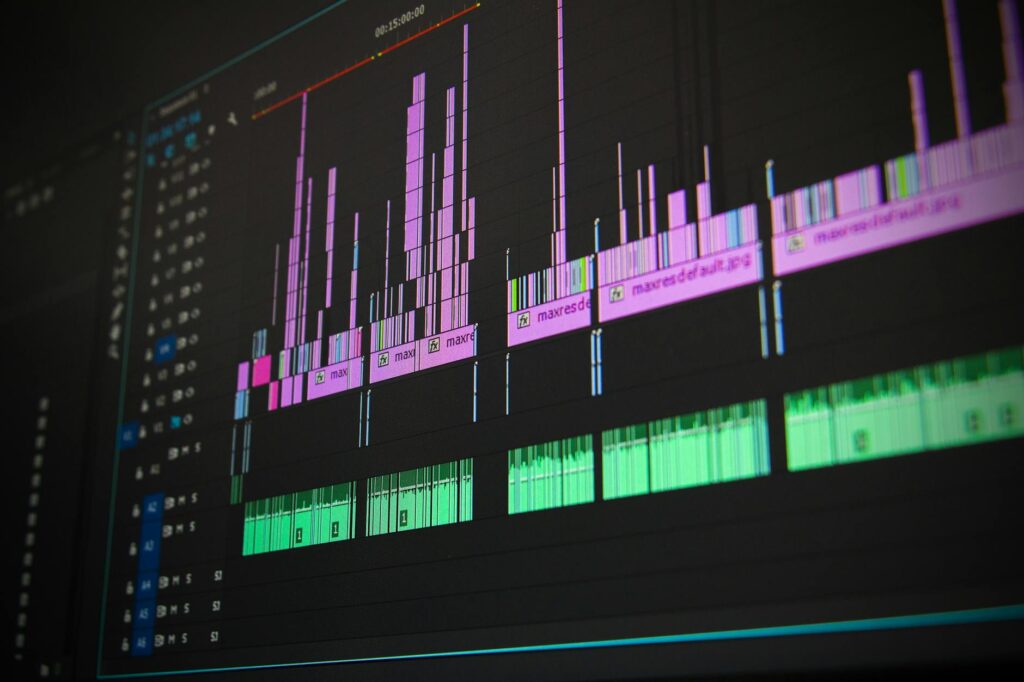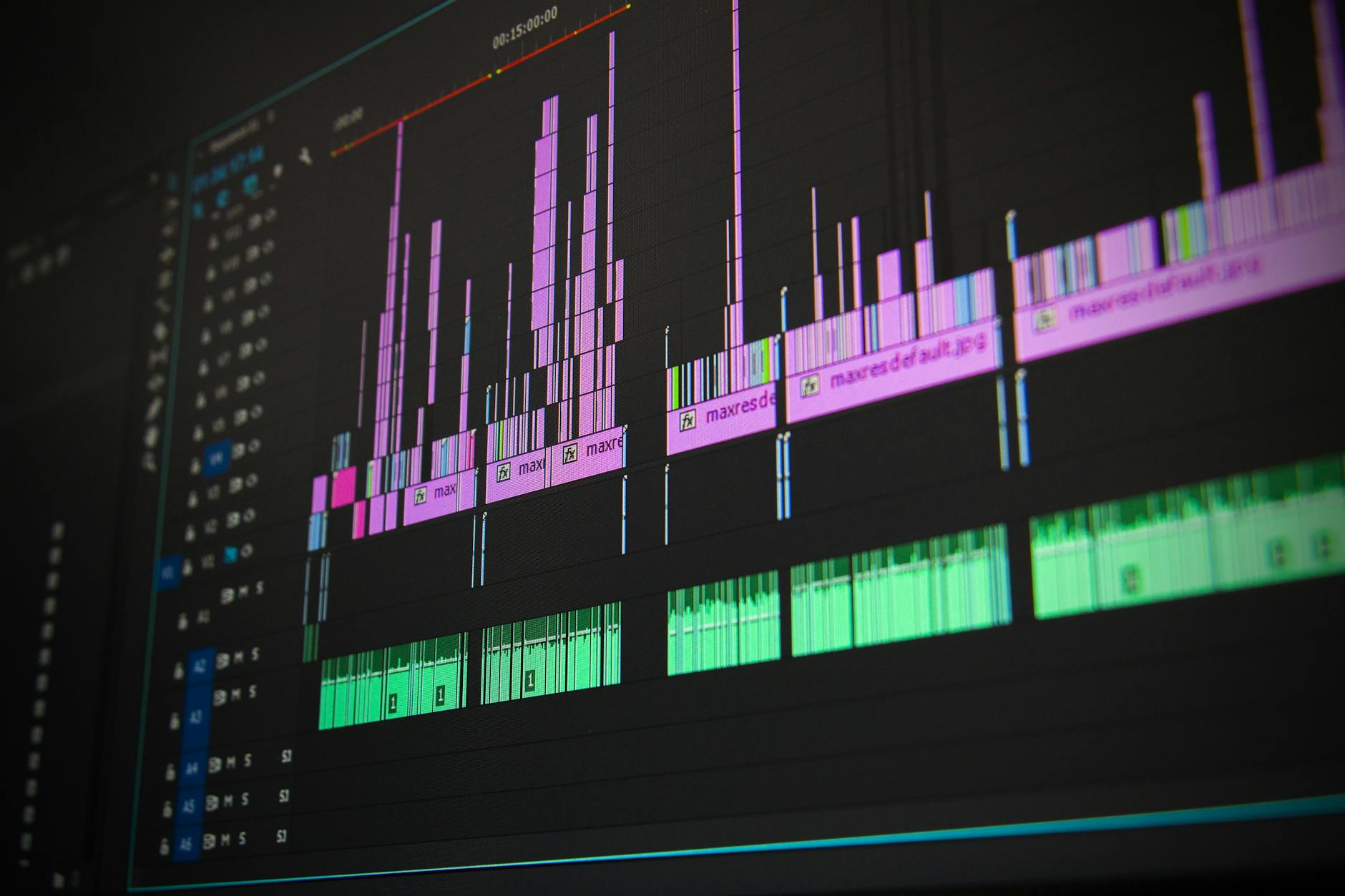What is productive technology use?

What is Productive Technology Use?
In our fast-paced world, technology can feel like a double-edged sword. On one hand, it offers tools that can boost our productivity and enhance our work-life balance; on the other, it can become a source of distraction. Understanding productive technology use is essential if we want to maximize the benefits and minimize the pitfalls. By leveraging technology effectively, we can streamline our tasks, manage our time better, and ultimately improve our overall quality of life.
Understanding Productive Technology Use
To grasp the concept of productive technology use, we need to define it clearly and understand how it differs from unproductive technology use. This understanding sets the stage for adopting a mindset that encourages effective technology practices.
The Definition of Productive Technology Use
Productive technology use refers to the strategic application of digital tools and platforms designed to enhance our efficiency and focus. Think of it as using technology as your ally in achieving your goals—be it completing a project, staying organized, or collaborating with others. This contrasts sharply with merely scrolling through social media or getting lost in endless videos. Productive technology use is intentional, targeted, and results-driven.
Distinguishing Productive vs. Unproductive Use
So, what distinguishes productive technology use from the myriad distractions that often accompany our devices?
- Intentionality: Productive use is purposeful. You’re engaging with technology to achieve a specific goal, such as completing a report or scheduling meetings.
- Focus: It minimizes distractions. Instead of multi-tasking on various apps, productive technology use emphasizes concentration on one task at a time.
- Time Management: Effective use of technology involves tools that help you manage your time wisely. This means setting deadlines and using reminders, rather than letting the clock slip away unnoticed.
Unproductive use, in contrast, often involves mindless scrolling, notifications that pull you away from your tasks, or using apps that provide little to no value in achieving your goals. Recognizing these habits is the first step toward change.
Tools for Productive Technology Use
A variety of tools exist that can facilitate productive technology use. Understanding their functionalities and benefits can help you choose the right ones for your needs.
Time Management Apps
Time management apps are essential for organizing tasks and scheduling activities. Applications like Todoist allow users to prioritize tasks, set deadlines, and gain a visual overview of their schedules. Other popular tools include Trello and Toggl Track, which help keep your projects on track and offer analytics on how you’re spending your time.
Communication Platforms
Effective communication is vital for team collaboration. Tools like Slack and Microsoft Teams provide platforms for real-time messaging, file sharing, and video conferencing. They streamline communication, reduce email clutter, and help teams stay connected no matter where they are.
Focus and Distraction Blockers
Sometimes, you need a nudge to keep distractions at bay. Tools like Freedom allow you to block distracting websites and apps during critical work periods. Others, like Focus@Will, offer specially curated music designed to enhance concentration. Using these tools can create a work environment that fosters productivity.

Photo by Pixabay
Strategies for Implementing Productive Technology Use
To truly benefit from technology, you need to implement it thoughtfully into your daily routine. Here are some actionable strategies to get you started.
Setting Boundaries with Technology
A significant aspect of productive technology use is knowing when to disconnect. Set clear boundaries that prevent technology from encroaching on your personal time. You might establish “tech-free” zones during family dinners or limit your screen time before bed. This practice not only improves your focus during work hours but also enhances your personal relationships.
Establishing a Technology Routine
Creating a balanced technology routine can help you incorporate tools without feeling overwhelmed. Start by designating specific times for checking emails or using productivity apps. This structured approach can reduce the impulse to constantly check your phone or computer, allowing you to stay focused on the task at hand.
Measuring the Impact of Productive Technology Use
Once you’ve implemented tools and strategies, assessing their effectiveness is crucial. Understanding whether your technology use is genuinely productive can help refine your approach.
Key Performance Indicators (KPIs)
Establish KPIs that can evaluate your productivity levels in relation to your technology usage. Metrics such as task completion rates, time spent on productive tasks versus distractions, and overall project delivery timelines can provide insights into what works and what doesn’t.
Gathering Feedback and Iterating
Feedback is an invaluable tool for improvement. Regularly seek input from peers or even self-reflect on your productivity. Identify what tools and strategies are working for you, and be willing to iterate on your process. This continuous refinement will help you stay aligned with your goals and maintain your productivity over time.
Conclusion
Adopting productive technology use is not just about choosing the right apps or tools; it’s about cultivating a mindset that values efficiency and personal growth. By understanding what productive technology use entails, utilizing effective tools, and implementing thoughtful strategies, you can enhance your productivity dramatically. Embrace this approach to technology, and you’ll find that it can lead to improved work-life balance and personal development. In today’s digital landscape, making technology work for you is the ultimate goal.